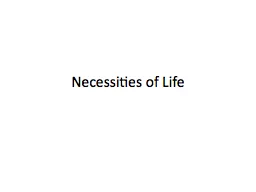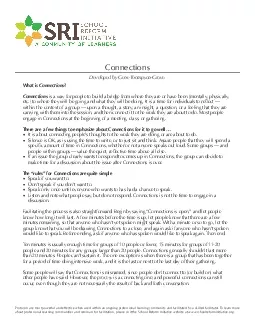PPT-Connections and Companionship
Author : aaron | Published Date : 2017-04-01
The health of BC youth with pets About this report 2013 BC Adolescent Health Survey 29832 surveys were completed 1645 classrooms 56 school districts 325 PHNs and
Presentation Embed Code
Download Presentation
Download Presentation The PPT/PDF document "Connections and Companionship" is the property of its rightful owner. Permission is granted to download and print the materials on this website for personal, non-commercial use only, and to display it on your personal computer provided you do not modify the materials and that you retain all copyright notices contained in the materials. By downloading content from our website, you accept the terms of this agreement.
Connections and Companionship: Transcript
Download Rules Of Document
"Connections and Companionship"The content belongs to its owner. You may download and print it for personal use, without modification, and keep all copyright notices. By downloading, you agree to these terms.
Related Documents














